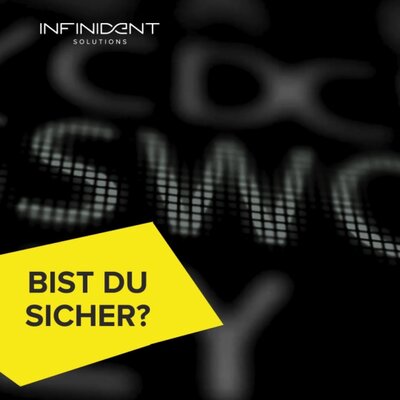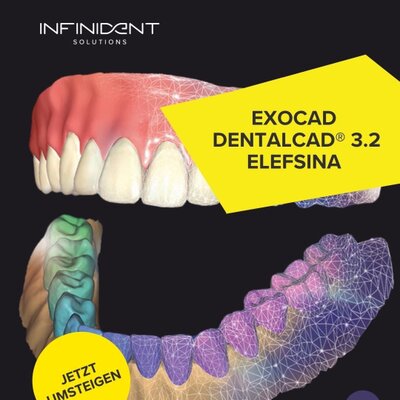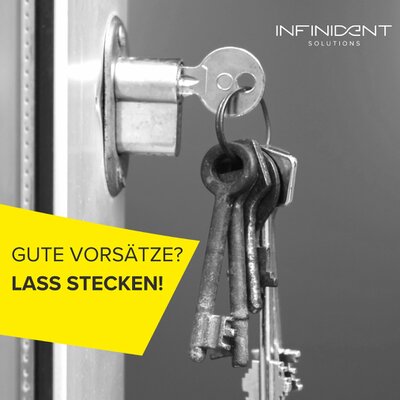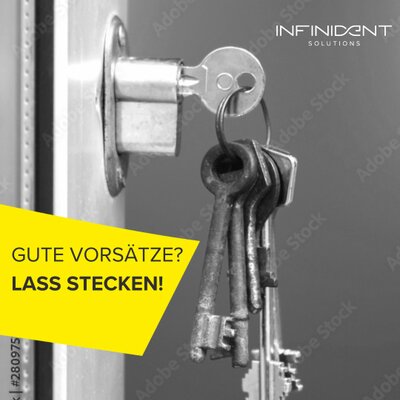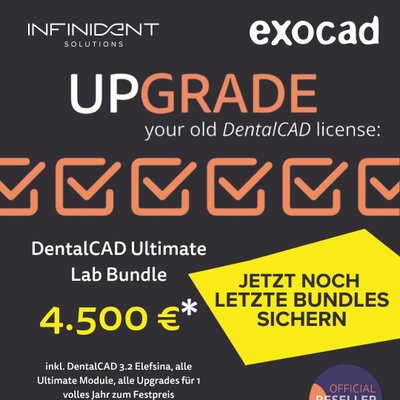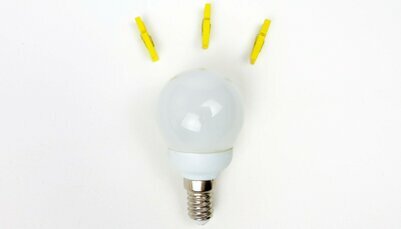
In demand: additive manufacturing in dental technology (T3)
Part 3: Model production and additive manufacturing?
3D printing has been in use in metal working for over 20 years. In
the wake of the increasing prevalence of intraoral recording units in recent
years (e.g. Dentsply Sirona, 3Shape, iTero, etc.), which permit direct
digitalisation of the patient's oral data in the dentist's practice, this has
been succeeded by the additive manufacturing of dental models as the most
prominent example of 3D printing in dental technology.
In part 3 of the series, together with Mr Thomas Hack, Managing Partner at INFINIDENT Solutions GmbH, we want to discuss the current ways a precise working model can be created from a digital patient impression.
Mr Hack, what model versions do you offer dental laboratories and practices?
At INFINIDENT, we have a wide range of dental models made of
acrylic resin based on the stereolithographic process (SLA) or digital light
projection technology (DLP). These range from the simple saw-cut model and
working models ("Geller" type) to models with integrated implant
analogues and soft gingival masks. The portfolio also includes models for
orthodontic applications.

Fig. 1: Overview INFINIDENT model portfolio (Source: INFINIDENT Solutions)
What exactly is SLA?
SLA stands for stereolithography. The term "stereolithography" has its origins in the Greek words "stereo" (firm, solid) and "(photo)lithography", which is a form of writing with light. Stereolithography does precisely this in 3D printing: write permanently using light. SLA technology uses light to transform liquid acrylic resin into solid objects layer by layer.
By contrast, DLP technology relies on a mirror as a digital screen to project an individual picture of each layer across the entire platform at once.
And how do I get a finished working model from this?
In both processes, liquid light-hardening acrylic resin is hardened layer by layer with the help of a UV laser. The lowest layer is solidified by UV radiation on a building panel made of glass or granite. After this, the building platform is immersed in the resin bath according to the layer thickness, the liquid material is distributed on the building platform and smoothed with a recoater, and the next layer then receives the corresponding design-based UV radiation. Unlike the above-mentioned laser sintering process, stereolithography largely dispenses with supports.

Fig. 2: Acrylic resin models manufactured with SLA-processes (Quelle: INFINIDENT Solutions)
How accurate are these models?
The models are manufactured in a layer thickness of <50 µm on average. This guarantees a clean surface with high non-deforming precision. As far as accuracy is concerned, the digitally manufactured models based on stereolithography are normally comparable to the classic analogue-manufactured plaster models, or perhaps are even higher quality. The production time for a building platform that includes approx. 40 models per job is about twelve hours.
What then happens to the pieces?
Following the building process, the not yet completely hardened models are cleaned and then finally hardened. They then undergo further processing, depending on model type. After the final quality control, the models are ready for dispatch.
Does that mean the laboratory can simply send in each digital impression for production?
It's not quite that simple! Provided the laboratory operates with
so-called model builder software (e.g. inLab SW model, exocad Modelbuilder,
3Shape Model), the data transferred by the dentist can be put into shape and
then saved as an STL file. The problem here is that the impression data is
recorded as an "unclosed" 3D body, depending on the system, which
cannot be implemented as a model without processing.

Fig. 3: Raw STL data after intraoral scan with CEREC Omnicam (Source: INFINIDENT Solutions)

Fig. 4: Final model data (Source: INFINIDENT Solutions)
Naturally, INFINIDENT also offers to produce the printing data
required for a small fee.
What does the dental technician have to do?
We see ourselves as the laboratory's partner. Consequently, the
dental technician can concentrate entirely on completing the customer work. As
a result, they can get on with further processing directly after receiving the
working models.
Do you have any questions?
Our dental technology support team would be pleased to answer them
on +49 6151 396 1818.
